Recurrent network dynamics lead to interference in sequential learning
sequential learning, interference, recurrent neural networks
Learning in real life is often sequential: A learner first learns task A, then task B. If the tasks are related, the learner may adapt the previously learned representation instead of generating a new one from scratch. Adaptation may ease learning task B but may also decrease the performance on task A. Such interference has been observed in experimental and machine learning studies. In the latter case, it is mediated by correlations between weight updates for the different tasks. In typical applications, like image classification with feed-forward networks, these correlated weight updates can be traced back to input correlations. For many neuroscience tasks, however, networks need to not only transform the input, but also generate substantial internal dynamics.
Here we illuminate the role of internal dynamics for interference in recurrent neural networks (RNNs). We analyze RNNs trained sequentially on neuroscience tasks with gradient descent and observe forgetting even for orthogonal tasks. We find that the degree of interference changes systematically with tasks properties, especially with emphasis on input-driven over autonomously generated dynamics.
To better understand our numerical observations, we thoroughly analyze a simple model of working memory: For task A, a network is presented with an input pattern and trained to generate a fixed point aligned with this pattern. For task B, the network has to memorize a second, orthogonal pattern. Adapting an existing representation corresponds to the rotation of the fixed point in phase space, as opposed to the emergence of a new one. We show that the two modes of learning – rotation vs. new formation – are directly linked to recurrent vs. input-driven dynamics. We make this notion precise in a further simplified, analytically tractable model, where learning is restricted to a 2×2 matrix.
In our analysis of trained RNNs, we also make the surprising observation that, across different tasks, larger random initial connectivity reduces interference. Analyzing the fixed point task reveals the underlying mechanism: The random connectivity strongly accelerates the learning mode of new formation, and has less effect on rotation. The prior thus wins the race to zero loss, and interference is reduced.
Altogether, our work offers a new perspective on sequential learning in recurrent networks, and the emphasis on internally generated dynamics allows us to take the history of individual learners into account.





